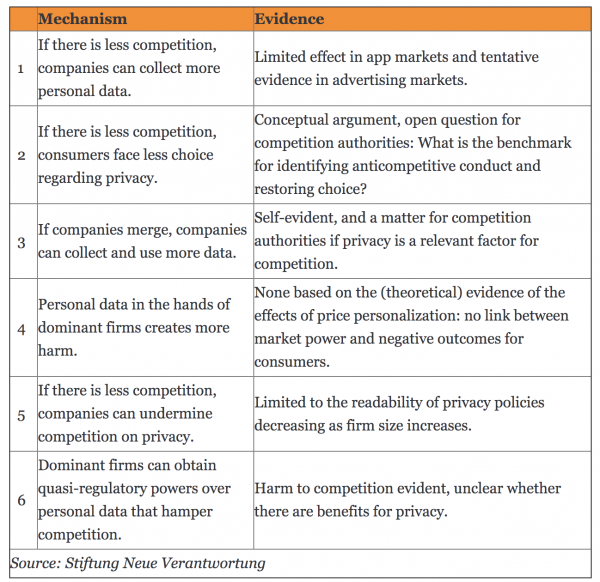Zeynep Tufekci in the Atlantic: “In Michigan, a small liberal-arts college is requiring students to install an app called Aura, which tracks their location in real time, before they come to campus. Oakland University, also in Michigan, announced a mandatory wearable that would track symptoms, but, facing a student-led petition, then said it would be optional. The University of Missouri, too, has an app that tracks when students enter and exit classrooms. This practice is spreading: In an attempt to open during the pandemic, many universities and colleges around the country are forcing students to download location-tracking apps, sometimes as a condition of enrollment. Many of these apps function via Bluetooth sensors or Wi-Fi networks. When students enter a classroom, their phone informs a sensor that’s been installed in the room, or the app checks the Wi-Fi networks nearby to determine the phone’s location.
As a university professor, I’ve seen surveillance like this before. Many of these apps replicate the tracking system sometimes installed on the phones of student athletes, for whom it is often mandatory. That system tells us a lot about what we can expect with these apps.
There is a widespread charade in the United States that university athletes, especially those who play high-profile sports such as football and basketball, are just students who happen to be playing sports as amateurs “in their free time.” The reality is that these college athletes in high-level sports, who are aggressively recruited by schools, bring prestige and financial resources to universities, under a regime that requires them to train like professional athletes despite their lack of salary. However, making the most of one’s college education and training at that level are virtually incompatible, simply because the day is 24 hours long and the body, even that of a young, healthy athlete, can only take so much when training so hard. Worse, many of these athletes are minority students, specifically Black men, who were underserved during their whole K–12 education and faced the same challenge then as they do now: Train hard in hopes of a scholarship and try to study with what little time is left, often despite being enrolled in schools with mediocre resources. Many of them arrive at college with an athletic scholarship but not enough academic preparation compared with their peers who went to better schools and could also concentrate on schooling….(More)”

